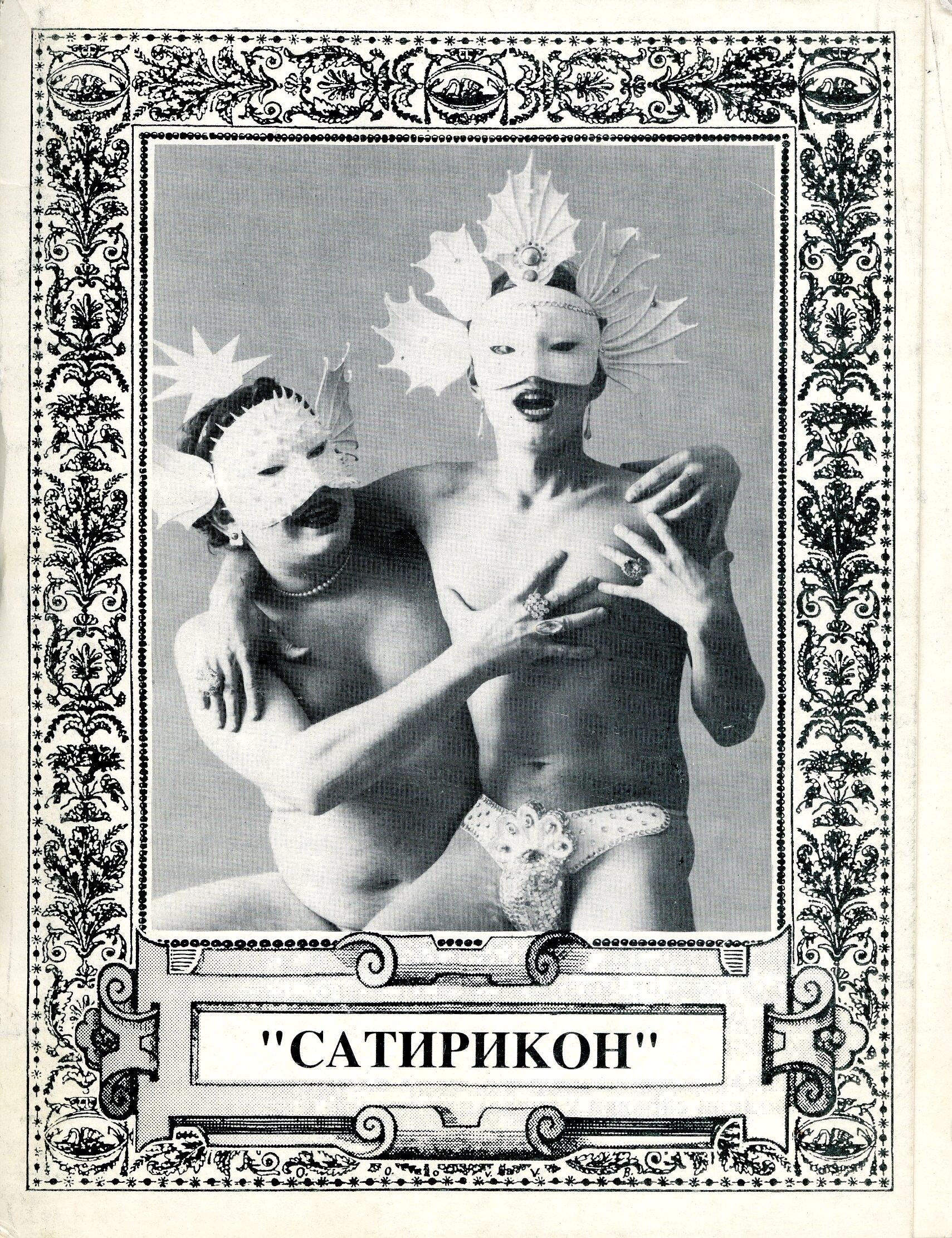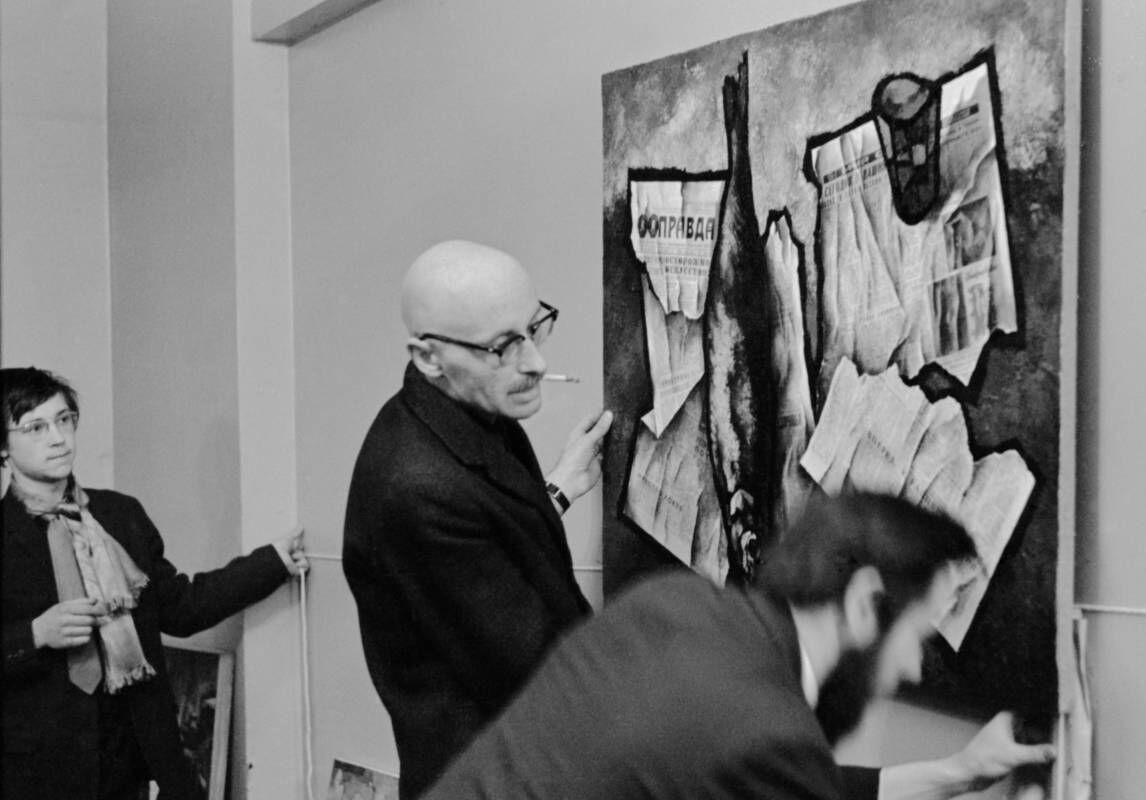Valerii Ledenev
Queer art in Russia is not a well-defined movement with striking protagonists, clear manifestos, and paradigmatic works. The queer theme in the local art context is represented in the form of a ‘twinkling’ image and, with rare exceptions, reflected in scattered works and texts by individual artists. What allows a researcher to define these artworks as queer works? What understanding of ‘queer’ should art historians rely on, considering the instability of the concept and its slipping away from any clear-cut definitions?
This visual essay looks at five exhibition projects of the postwar Soviet Union and post-Perestroika Russia which were conceived but never produced. Their stories exemplify the logic and conditions in which the production and distribution of artworks are carried out, as viewed through Richard Peterson’s production paradigm. The situation of an exhibition is seen in the essay not only as a set of conditions determining the meaning and perception of the artworks, but rather as a litmus test that makes the broader context and the social structure of the cultural industry more visible.




